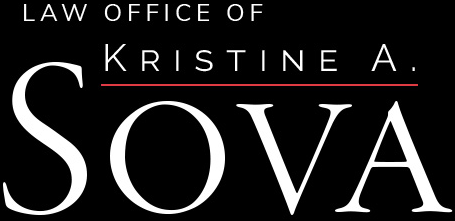This post is part of a new series that specifically discusses employment law issues for startups and small businesses operating in New York State and New York City.
Many businesses rely on independent contractors, instead of employees, for their staffing needs. The reasons for doing so are obvious – among them, savings in labor costs. But misclassification of a worker as an independent contractor (as opposed to an employee) may have a number of legal consequences for a business, including:
- Payment of back taxes and penalties for federal and state income taxes, Social Security, Medicare and unemployment;
- Reimbursement of wages that the business should have paid the worker under applicable wage and hour laws, such as minimum and overtime wages; and
- Payment of penalties and benefits for workers’ compensation insurance and disability benefits insurance that should have been obtained to cover worker injuries.
These consequences can be costly, because many of the back payments and penalties cover multi-year periods.
To complicate matters, there is no single test for determining whether a worker is an independent contractor, with many of the administrative agencies in charge of doling out the various penalties above adopting their own tests. To cover each of those tests here is beyond the scope of this post. Below we discuss the common law direction-and-control test, which is one of the more commonly applied tests under New York law.
The common law direction-and-control test is the test that is generally applied to determine whether a worker is an employee or independent contractor for purposes of determining unemployment insurance and state income tax withholding obligations as well as claims involving workers’ compensation insurance, disability insurance, discrimination and retaliation in New York State.
Under the direction-and-control test, a worker is an employee if the employer exercises control over either the results produced by the worker, or the means used to achieve the results. In re Charles A. Field Delivery Serv., Inc., 66 N.Y.2d 516, 521 (N.Y. 1985). Of these two factors, control over the means of production is the most significant. Id. at 521.
All factors are considered to determine the degree of supervision, direction and control exercised over the services. Generally, an employer controls what will be done – that is, the manner, means, and results. An employer-employee relationship may exist if the employer:
- Chooses when, where, and how the worker performs services
- Provides the worker with facilities, equipment, tools, and supplies
- Directly supervises the services
- Sets the hours of work
- Requires exclusive services
- Sets the rate of pay
- Requires attendance at meetings and/or training sessions
- Asks for oral or written reports
- Reserves the right to review and approve the work product
- Evaluates job performance
- Requires prior permission for absences
- Has the right to hire and fire
See New York Department of Labor: Independent Contractors, available at https://dol.ny.gov/independent-contractors.
Conversely, independent contractors are free from supervision, direction and control in the performance of their duties. They are in business for themselves, offering their services to the general public.
Signs of independent contractor status include a person who:
- Has an established business
- Advertises that business in the electronic or print media
- Uses business cards and stationary
- Carries insurance
- Keeps a place of business and invests in facilities, equipment, and supplies
- Pays their own expenses
- Assumes risk for profit or loss
- Sets their own schedule
- Sets or negotiates their own pay rate
- Offers services to other businesses (competitive or non-competitive)
- Is free to refuse work offers
- May choose to hire help
See New York Department of Labor: Independent Contractors, available at https://dol.ny.gov/independent-contractors.
Are you interested in learning more about employment law issues affecting startups and small businesses? Subscribe to my blog and you’ll be notified when new posts are published.




